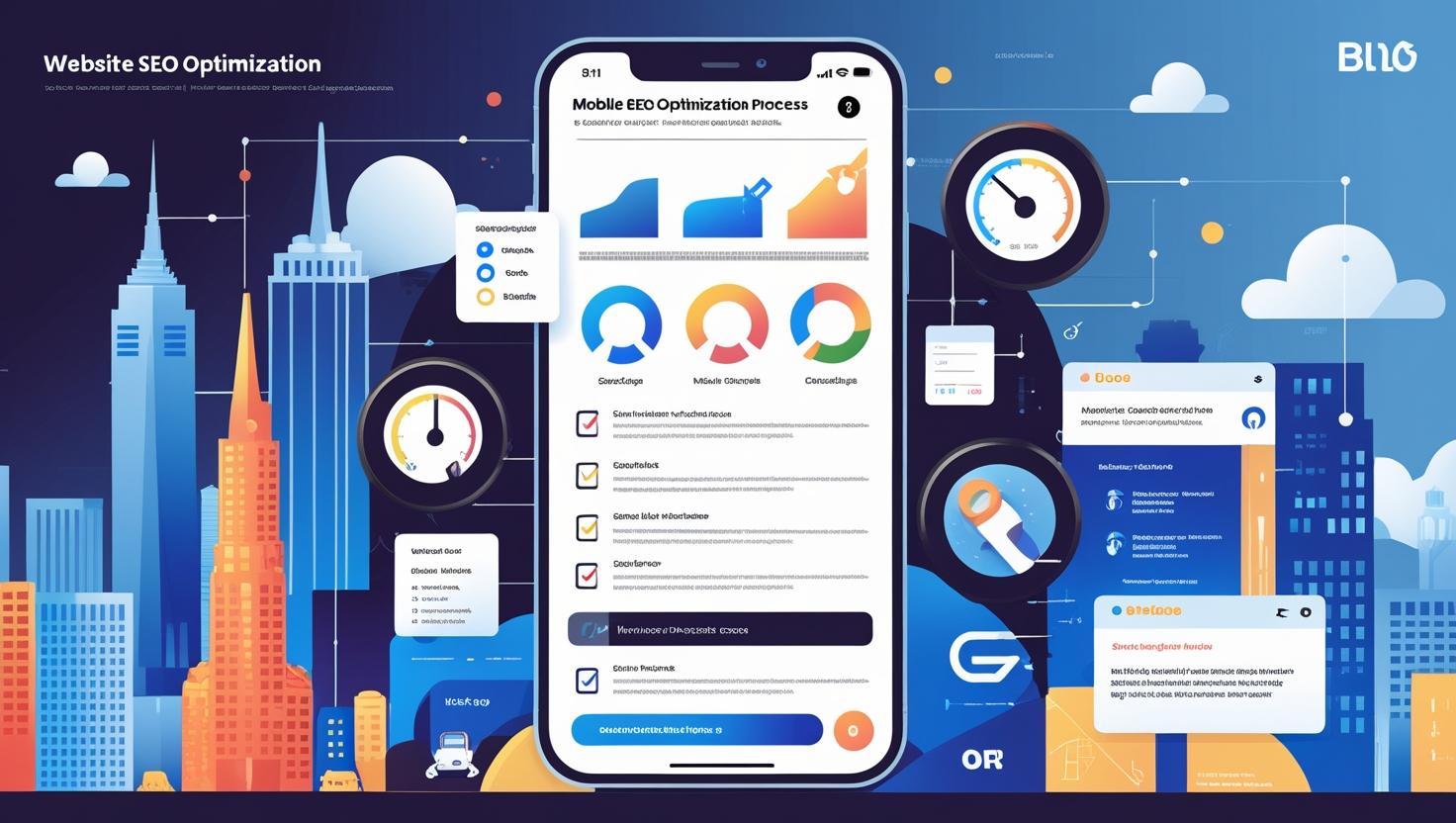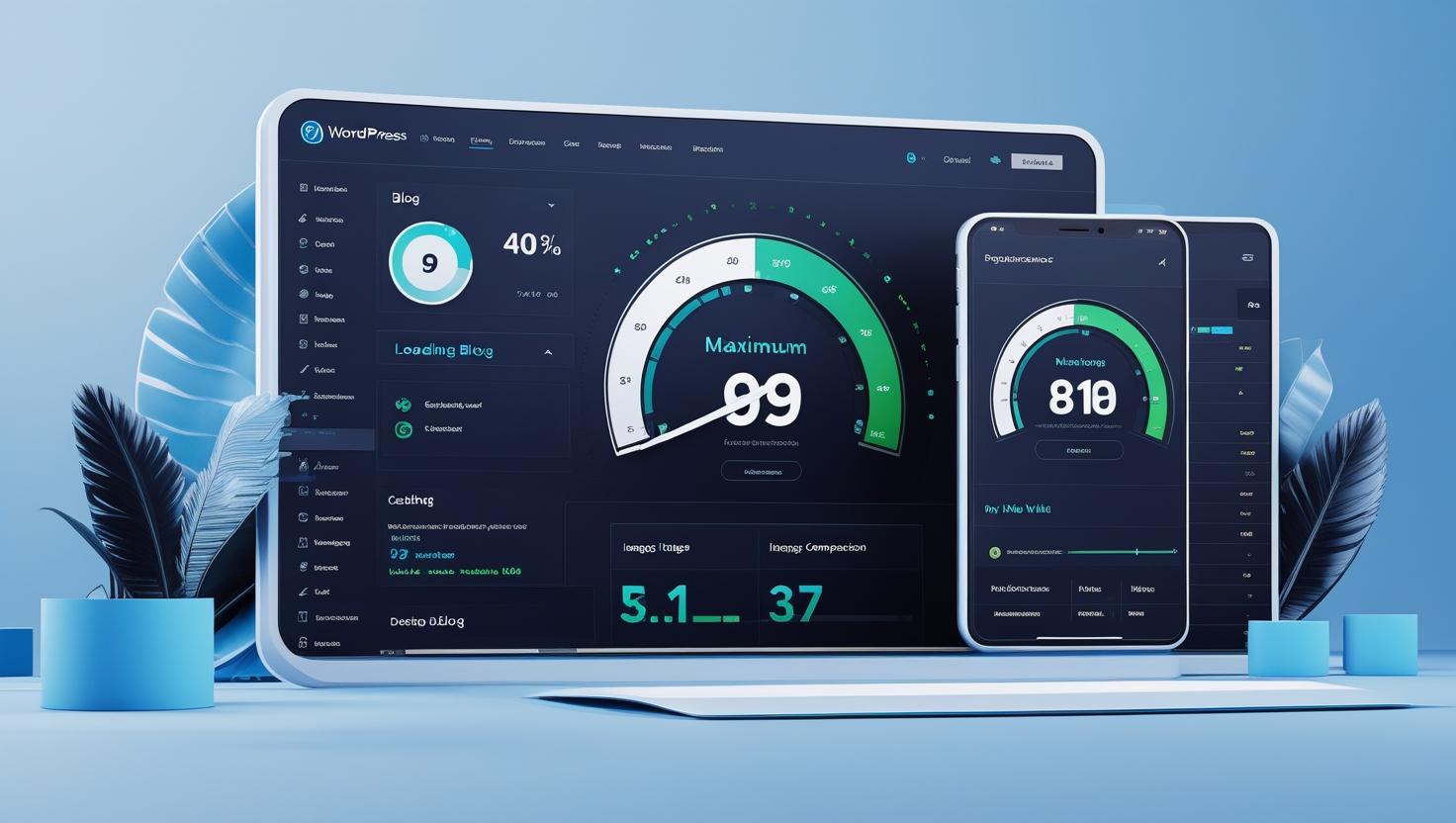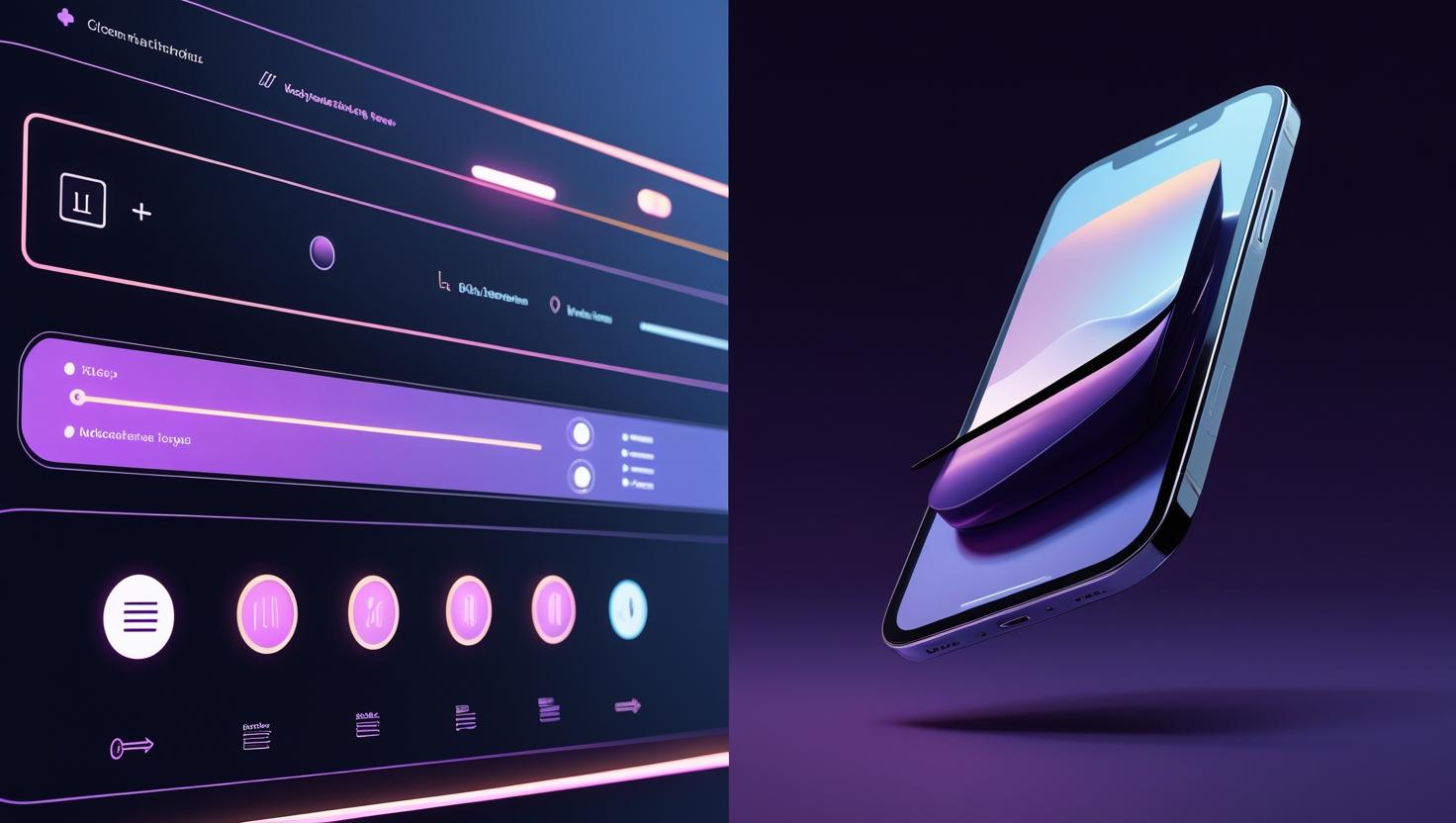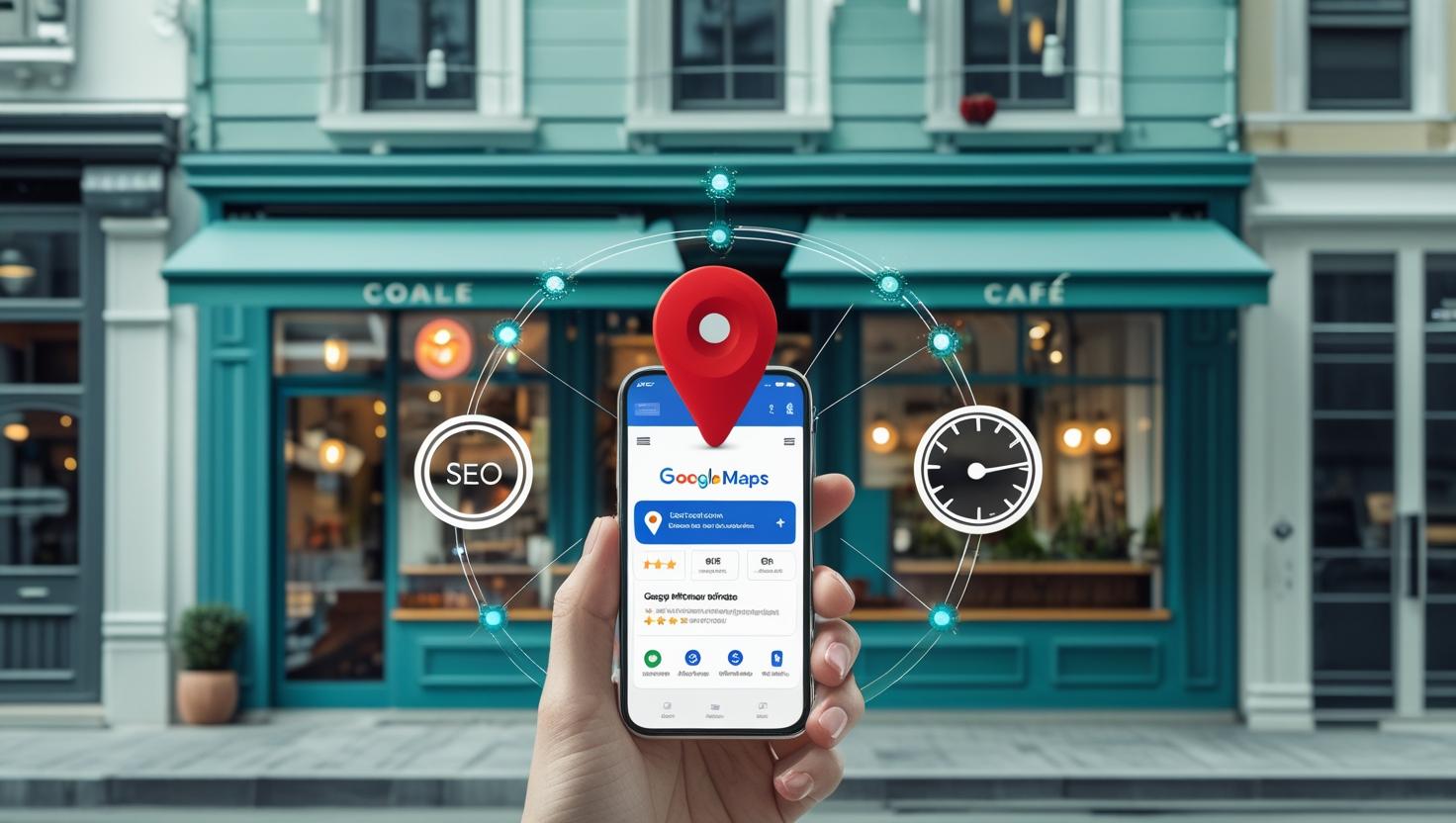

Introduction: Why Every Blogger Should Add FAQ Schema Today
If you want your blog post to stand out in Google search results and get more clicks, then adding FAQ Schema is a game-changer. Think of it as a little magic trick that makes your blog eligible for rich snippets—those eye-catching dropdown questions and answers under your post title.
In this post by Web Write Tech, we’ll explain what FAQ Schema is, how it works, and how even beginners can implement it effortlessly. Whether you’re in the USA, Canada, Europe, or Australia, this is your go-to FAQ Schema guide.
What Is FAQ Schema? (Snippet-Friendly Definition)
FAQ Schema is a type of structured data markup (using JSON-LD or Microdata) added to a blog post that tells search engines your content includes a list of frequently asked questions and answers. This markup helps Google display your FAQs directly in search results as expandable sections—aka rich snippets.
Think of it as giving Google a clearer map of your content. Better understanding = better visibility = more clicks.
Benefits of Adding FAQ Schema to Your Blog
Adding FAQ Schema offers multiple SEO and user experience perks:
- ✅ Improves Click-Through Rates (CTR)
- ✅ Qualifies for Google’s Rich Snippets
- ✅ Makes your post look more informative and credible
- ✅ Gives your blog more screen space in search results
- ✅ Boosts on-page SEO
- ✅ Better engagement & dwell time
Step-by-Step Guide: How to Add FAQ Schema in Blog Posts
Step 1: Prepare Your FAQs
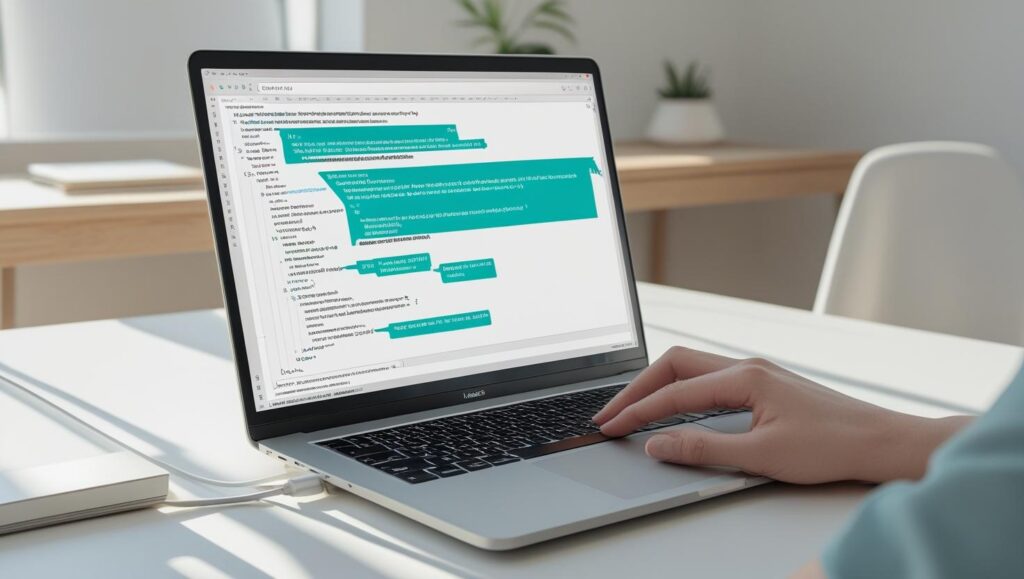
- Choose 3–8 relevant questions.
- Keep answers short, direct, and helpful (under 300 characters).
- Use keywords naturally in both questions and answers.
Step 2: Choose a Schema Format (JSON-LD is Recommended)
Most blogs use JSON-LD, the preferred format by Google.
Step 3: Use Google’s FAQ Schema Template
Here’s a simple JSON-LD FAQ schema example:
<script type="application/ld+json">
{
"@context": "https://schema.org",
"@type": "FAQPage",
"mainEntity": [{
"@type": "Question",
"name": "What is FAQ Schema?",
"acceptedAnswer": {
"@type": "Answer",
"text": "FAQ Schema is a type of structured data that helps Google display questions and answers in search results."
}
}, {
"@type": "Question",
"name": "Does FAQ Schema improve SEO?",
"acceptedAnswer": {
"@type": "Answer",
"text": "Yes, FAQ Schema increases visibility through rich snippets, leading to more clicks."
}
}]
}
</script>Step 4: Add the Schema to Your Blog Post
You can manually insert it in your HTML editor or use a plugin (for WordPress users).
Step 5: Test It with Google’s Rich Results Tool
- Visit Google Rich Results Test
- Paste your blog URL or code
- Check if your FAQ Schema is valid
WordPress Users: Add FAQ Schema with a Plugin
Use any of the following top-rated WordPress FAQ Schema plugins:
- Rank Math SEO – Built-in FAQ block
- Yoast SEO – Structured data blocks
- Schema Pro – Advanced customization
- All in One Schema Rich Snippets – Beginner-friendly
- WP SEO Structured Data Schema – Versatile and detailed
- SEOPress – Supports JSON-LD output
Common Mistakes to Avoid
- ❌ Using more than 8 FAQs (may not be displayed)
- ❌ Repeating questions across multiple posts
- ❌ Adding unrelated questions just for SEO
- ❌ Forgetting to test your schema in Google’s tool
- ❌ Using incorrect syntax in JSON-LD format
- ❌ Violating Google’s structured data guidelines
6 Best Tools to Generate FAQ Schema Easily
These tools simplify the process of creating structured data:
- Merkle’s Schema Markup Generator
- TechnicalSEO.com FAQ Generator
- Rank Math Block Builder (for WordPress)
- Schema.dev (JSON-LD visual generator)
- Yoast FAQ Block
- Google’s Structured Data Markup Helper
FAQs About FAQ Schema in Blog Posts
1. Do I need coding knowledge to add FAQ Schema?
No, plugins or generators handle that for you.
2. How many FAQs should I add?
3–8 is ideal. More than 8 may not show in search results.
3. Does Google always show FAQ rich snippets?
No, it depends on the query and quality of your content.
4. Can I use FAQ Schema on all types of blog posts?
Yes, but it’s best used on educational or how-to content.
5. What’s better: manual schema or plugin?
Manual offers control, but plugins are easier for beginners.
6. Is FAQ Schema good for AdSense blogs?
Absolutely! It increases visibility and CTR.
Conclusion: Boost Your Blog’s Visibility with FAQ Schema
Adding FAQ Schema is one of the simplest yet most powerful SEO tricks in 2025. It’s free, beginner-friendly, and can instantly improve your blog’s appearance in Google.
At Web Write Tech, we recommend every blogger—whether in the USA, Canada, or Europe—start using FAQ Schema today to boost search performance, credibility, and revenue potential.
👉 Ready to make your blog stand out in Google? Start by adding FAQ Schema today!
Want help optimizing your blog with advanced schema techniques? Contact Web Write Tech for SEO services tailored to content creators.





